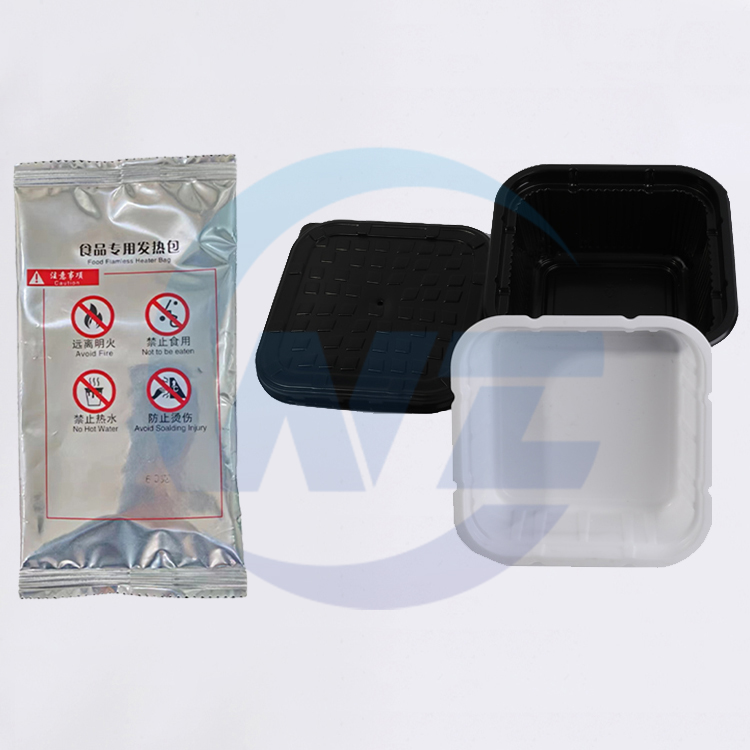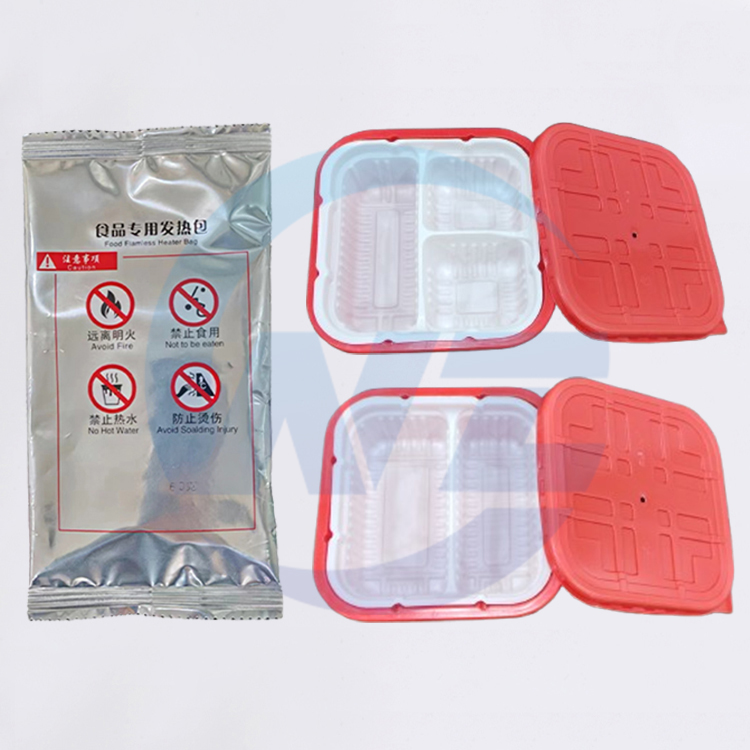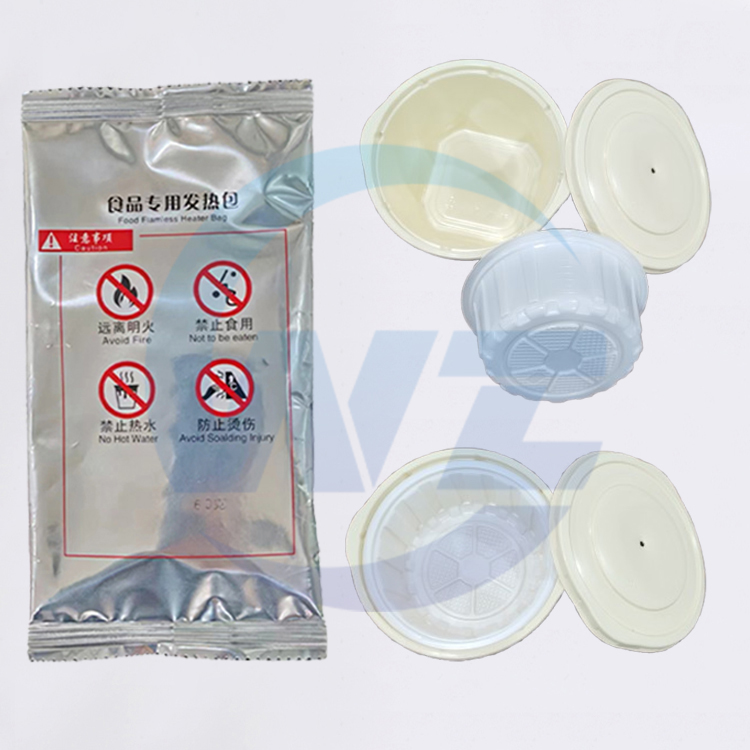by Kevin
Share
by Kevin
Share
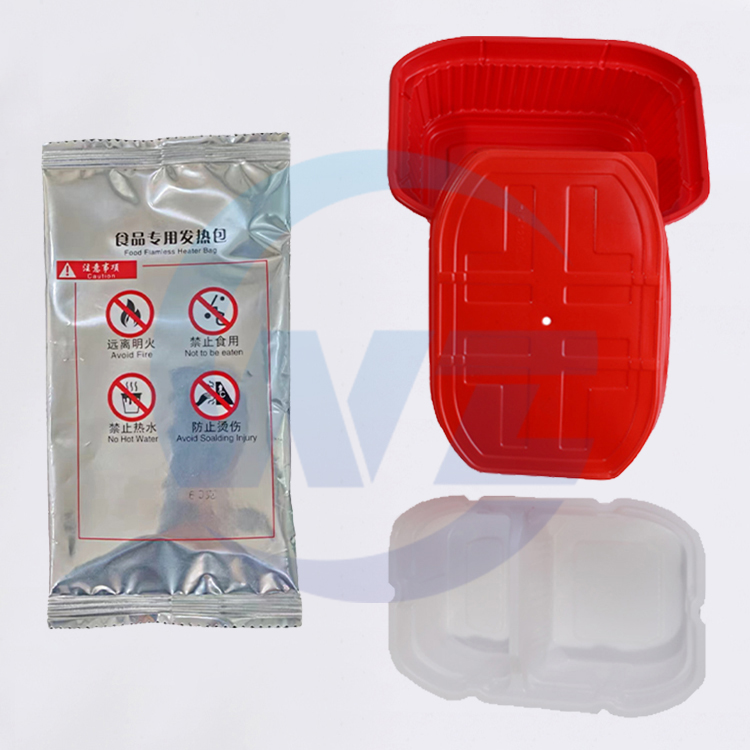
Self Heating Food Packs Introduction:
Self-heating food packs have gained popularity for their convenience, especially for campers, hikers, and those in need of a quick meal without access to a stove or microwave. But are they safe? Let’s delve into the safety features and usage of self-heating food packs to address any concerns you might have.
Understanding Self-Heating Food Packs:
Self-heating food packs are designed to heat food without external heat sources. They use a simple chemical reaction to generate heat, making them a convenient option for on-the-go meals.
Safety Features of Self-Heating Food Packs:
Chemical Reaction:
The heating process is initiated by a harmless chemical reaction between water and a quicklime or calcium oxide tablet. This reaction is exothermic, meaning it releases heat, and it is contained within a special heating element to warm the food.
Insulated Packaging:
The food and the heating element are separated by a layer of insulation to prevent direct contact, which could lead to overheating or burning.
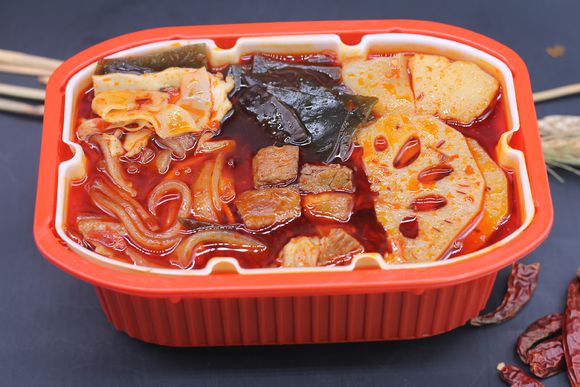
Temperature Control:
The packs are designed to reach a safe temperature for consumption, typically around 65°C to 75°C (149°F to 167°F), which is hot enough to warm the food without causing burns.
Single-Use Design:
Self-heating food packs are intended for one-time use, reducing the risk of reuse-related accidents.
How Self-Heating Food Packs Work:
Material Preparation:
The self-heating pack contains a compartment for the food and a separate compartment for the heating element, which includes the quicklime tablet and a small amount of water.
Activation:
To activate the heating process, you simply remove the barrier between the water and the quicklime tablet, allowing them to mix and start the exothermic reaction.
Heating Process:
The reaction generates heat, which is then transferred to the food compartment, heating the contents within a few minutes.
Is It Safe to Use Self-Heating Food Packs?
Yes, self-heating food packs are generally safe to use when handled according to the manufacturer’s instructions. However, here are some safety tips to keep in mind:
Always read and follow the instructions provided with the self-heating pack.
Do not puncture the pack or immerse it in water before activation.
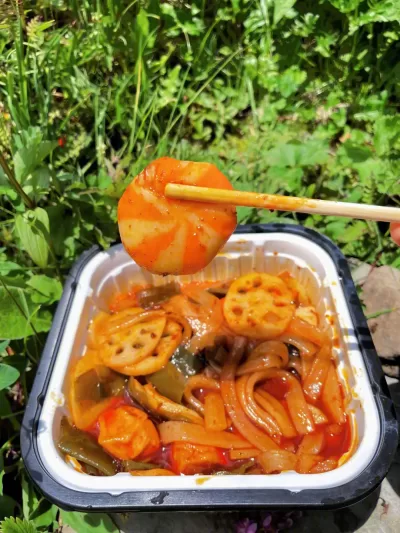
Allow the pack to cool down before disposal to prevent burns.
Keep the pack away from children and pets during the heating process.
Popular Uses of Self-Heating Food Packs:
Outdoor Activities:
Self-heating food packs are ideal for hikers, campers, and outdoor enthusiasts who need a warm meal without the hassle of cooking.
Emergency Preparedness:
In emergency situations, these packs can provide a quick and safe way to heat food without electricity or fuel.
Workplace Lunches:
For those working in remote locations or without access to a kitchen, self-heating food packs offer a convenient lunch option.
Conclusion:
Self-heating food packs are a safe and convenient way to enjoy warm meals on the go. By following the manufacturer’s instructions and using common sense, you can safely enjoy the benefits of this innovative product.
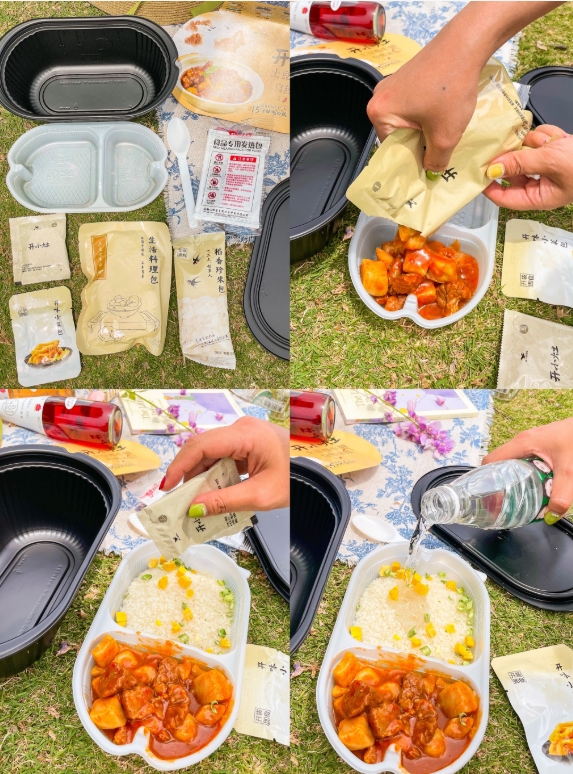
If you have any further questions about self-heating food packs or need assistance in selecting the right product for your needs, please don’t hesitate to contact us. Our team is ready to provide you with professional advice and ensure you have a safe and enjoyable experience with self-heating food packs.
FAQ’s:
Can self-heating food packs be reused?
No, self-heating food packs are designed for single-use only and should not be reused.
How long does it take for a self-heating food pack to heat the food?
Typically, the heating process takes about 10-15 minutes, but this can vary depending on the brand and specific product.、
What should I do with the self-heating food pack after use?
Once cooled, dispose of the self-heating pack in an appropriate waste bin. Check local recycling guidelines to see if any parts of the pack can be recycled.
STAY IN THE LOOP

